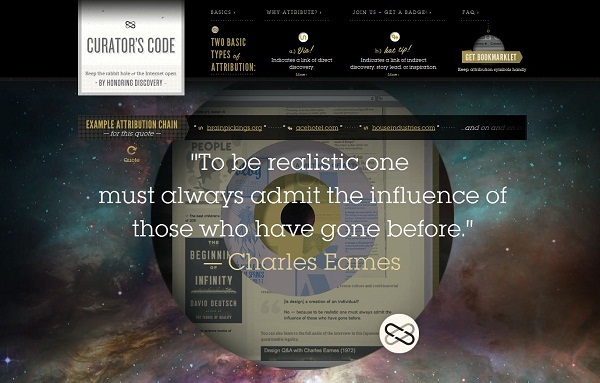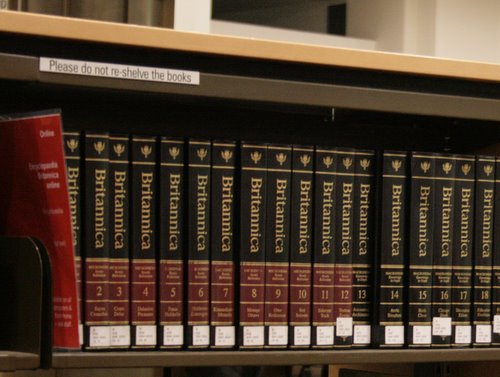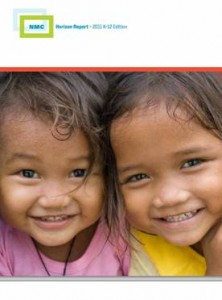Raising Modern Learners (RML) News is a new go-to place if you believe in real educational change and want to stay informed, be part of the conversation and help educate your school community about issues in contemporary education. Raising Modern Learners was created early this year by two giants in the field of educational technology, Will Richardson (US) and Bruce Dixon (Australia). They were concerned that current school reforms largely missed the point when it comes to the changes necessary to meet students’ needs for success in modern society. They wanted to find a way to inform and shift conversations away from how to tweak traditional curriculum and get people talking about new literacies, skills, and dispositions.
We’re dedicated to helping parents (and educators) stay abreast of these changes in timely, thought-provoking, concise, and interactive ways, and to help them find ways to advocate for more modern, student-centred change in their schools that reflects the needs of [our]time.
The latest article entitled If High School Wasn’t Compulsory, Who Would Go? examines disengagement issues in school and has some intelligent conversation already clocked up in the comments. News articles come out fortnightly and can be accessed via the website or you can download the free iTunes app for either iPhone or iPad.
Image Credit: (c. 1935), Elton Fox instructing a student at the Fox-Morgan School of Commercial and Fine Art [photograph], State Library of Victoria Pictures Collection.




